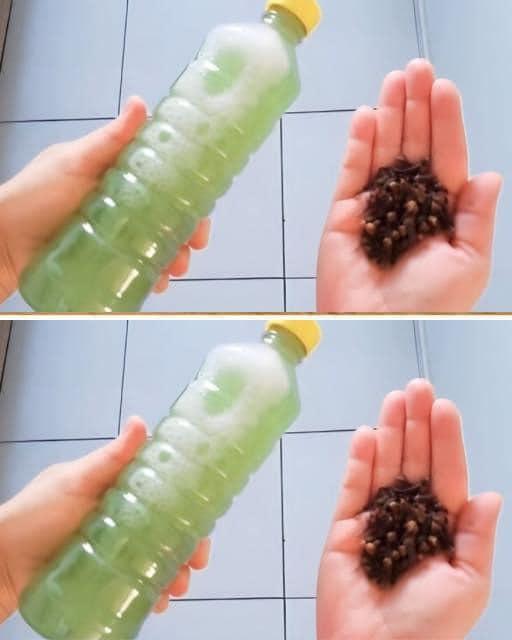ADVERTISEMENT
**a. Gradual Desensitization:**
Begin by leaving your dog alone for short periods of time and gradually increase the length of your absence. This helps your dog get used to being alone without becoming overly anxious. Always ensure your dog has access to a potty area before you leave.
**b. Create a Safe, Comfortable Space:**
When you leave your dog alone, create a cozy, comfortable space for them, such as a crate or a small room with their bed, toys, and water. This helps your dog feel safe and reduces anxiety during your absence.
**c. Use Interactive Toys:**
Interactive toys, like puzzle feeders or chew toys, can keep your dog mentally stimulated and distracted while you’re away. These toys can help alleviate some of the stress that contributes to anxiety-induced urination.
#### 4. **Correct Territorial Marking**
If your dog is urinating inside to mark territory, the best approach is to prevent them from being able to mark indoors. Here’s what you can do:
**a. Spay or Neuter Your Dog:**
Male dogs, in particular, are more likely to mark their territory. Spaying or neutering your dog can reduce the urge to mark and may help eliminate the behavior altogether.
**b. Clean Soiled Areas Thoroughly:**
Dogs often return to places where they’ve previously marked. To stop this, clean any soiled areas with an enzymatic cleaner that completely removes the scent. Avoid using ammonia-based cleaners, as they can smell similar to urine and attract your dog to mark again.
**c. Supervise and Redirect:**
If you catch your dog in the act of marking indoors, immediately redirect them to an appropriate place outside. Once they go potty outside, reward them with praise and treats.
#### 5. **Prevent Excitement or Submissive Urination**
If your dog is urinating when excited or feeling submissive, it can be difficult to control, especially in puppies. Here’s how to reduce this behavior:
**a. Stay Calm and Collected:**
When greeting your dog or when they’re excited, try to remain calm and avoid overly stimulating behavior. Excited energy can trigger submissive or excitement urination, so a calm approach can help reduce the likelihood of accidents.
**b. Avoid Punishment:**
Never punish your dog for urinating out of excitement or submission. Punishment can make the issue worse by causing anxiety, which may lead to more accidents. Instead, focus on redirecting the behavior with positive reinforcement and calm, controlled interactions.
#### 6. **Ensure Sufficient Outdoor Time**
Sometimes, dogs urinate inside simply because they haven’t been given enough opportunities to go outside. This is especially true if you have a busy schedule. Here’s what you can do:
**a. Increase Potty Breaks:**
If your dog is left alone for extended periods, try to arrange for a dog walker or neighbor to take your dog out during the day. If this isn’t possible, consider using puppy pads indoors or creating a designated potty area outside, such as a dog run.
**b. Crate Training:**
Crate training can be an effective way to prevent indoor accidents. When your dog is in their crate, they won’t want to soil their living space, so they’ll learn to hold it until they’re let outside. Just make sure the crate is appropriately sized—too large, and they may feel comfortable relieving themselves; too small, and they may feel cramped.
### Conclusion: Patience and Consistency are Key
Stopping your dog from peeing inside the house requires a combination of patience, understanding, and consistent training. By addressing the underlying cause of the behavior—whether it’s a lack of potty training, medical issues, anxiety, territorial marking, or insufficient outdoor time—you can begin to correct the issue and help your dog develop good habits.
Remember, accidents will happen, especially during the training process. Don’t punish your dog, as this will only create confusion and fear. Instead, focus on positive reinforcement and consistent routines. With time and dedication, you can successfully teach your dog to eliminate outside and stop the indoor urination once and for all.
By following the tips and strategies outlined in this guide, you’ll be well on your way to resolving the issue and creating a harmonious, clean, and happy home for both you and your furry friend.
